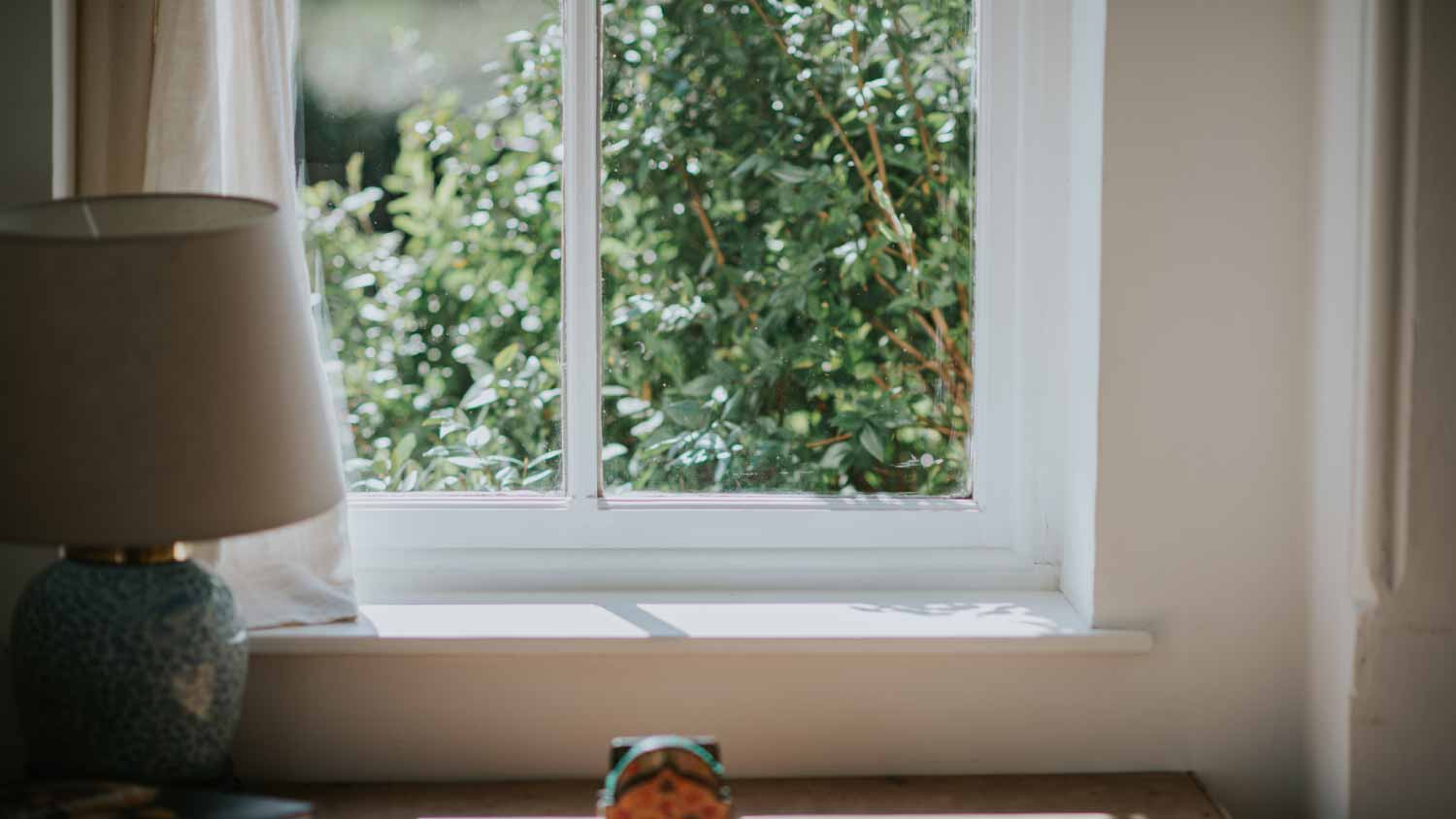
Whether you have bugs, bats, or rodents invading your home, you’ll want to contact an exterminator quickly. Find out how much pest control costs in Columbus, OH.
Bug them back by keeping them out


Pest control services cost between $108 and $261 on average.
Bugs use intentional and unintentional openings to get into the house.
Professional pest control methods include eradication and prevention.
You can reduce the likelihood of bugs coming in, but you can't stop them completely.
If you're wondering how bugs get in your house even after you've done everything to keep bugs out, you're not alone. Bugs can make their way into your home through the tiniest openings, which our houses are full of. Here's where they get in and how to limit their ability to wiggle their way inside your cozy space.

The most common way pests get into our homes is through poorly sealed windows and doors or other gaps in these structures. A simple loose or uncaulked piece of trim work or a missing piece of sealant is enough to allow a whole host of tiny critters into our dwellings.
Inspecting and sealing your windows and doors is an excellent weekend DIY project. While you're not likely to catch every single tiny opening, a bead of caulk around your home's most prominent penetrations can go a long way toward stopping the invasion.
Our houses operate using various transfer methods of water, electricity, and venting. While installers and technicians carefully seal the numerous penetrations through our house walls during whatever installation takes place, the sealants used can quickly deteriorate. Sealant deterioration leaves behind cracks and holes that can become a bug highway to our living room.
One common entry point for utilities and bugs is our crawl spaces and basements. Crawl space encapsulation can help severely limit the ability of bugs to enter our homes. Another solution is to add penetration inspection and repair to your list when checking your windows and doors.
Unbelievable but true, our houses have numerous openings directly to the outdoors, on purpose. Soffit vents, exhaust vents, chimneys, fireplaces, and fresh air intakes all offer a wide-open door policy to bugs.
One of the things that makes professional pest control worth it is the technical approach to keeping bugs out despite the vast number of easy entry points. A pest control specialist can offer solutions for adding screening where possible and practical or setting up chemical and other barriers to limit the ability of bugs to get into your house.
Building a house means fitting hundreds or thousands of material pieces together. With that many puzzle pieces to fit together, there are inevitably going to be a number of gaps between them. These gaps are normal, and not all of them are sealable at a practical level. Additionally, gaps large enough to allow bugs to enter your home can appear and disappear through expansion and contraction as the temperature changes.
While there's nothing we can do about most of these tiny gaps and cracks, you can employ your pest control specialist to set up perimeter barriers around vulnerable areas to reduce congestion on the buggy road to the inside of your home.
House damage that attracts pests is not uncommon. Storm damage, plumbing leaks or damage, wood rot, and several other circumstances can leave your home vulnerable to bug invasion while offering them the dampness they like and a safe place to hang out.
If your home suffers damage and water is involved, bugs often follow along. Repair the damage as soon as possible to minimize your exposure, and consider installing a dehumidifier or other solution to reduce the presence of bug-inviting moisture.
There are many ways to attack your home's bug problem using DIY methods, which are readily available at hardware stores and home centers. However, the best steps for keeping your home pest-free involve a mix of DIY and professional solutions.
Many homeowners choose the option with the best results by hiring a local pest control expert. Professional pest control costs between $108 and $261 per visit on average, and the service usually comes with a guarantee of one sort or another.
From average costs to expert advice, get all the answers you need to get your job done.

Whether you have bugs, bats, or rodents invading your home, you’ll want to contact an exterminator quickly. Find out how much pest control costs in Columbus, OH.

Your mosquito misting system cost will vary based on factors such as the size, type, brand, and more. Find out what the budget for this system looks like.

Budget for the cost of tick extermination services using our helpful cost guide.

While ground bees play an important role in our environment, severe infestations can cause issues. Learn how you can get rid of ground bees with this guide.

Taking on a flea infestation means destroying the source—their eggs. In addition to calling the pros, there are some DIY tricks for how to get rid of flea eggs.

Discover methods for how to get rid of rabbits using humane tactics, including fences, repellents, and a decoy garden. Get ready to send those bunnies hopping.